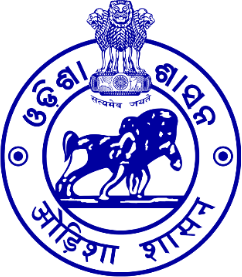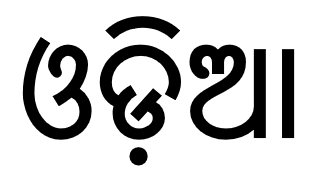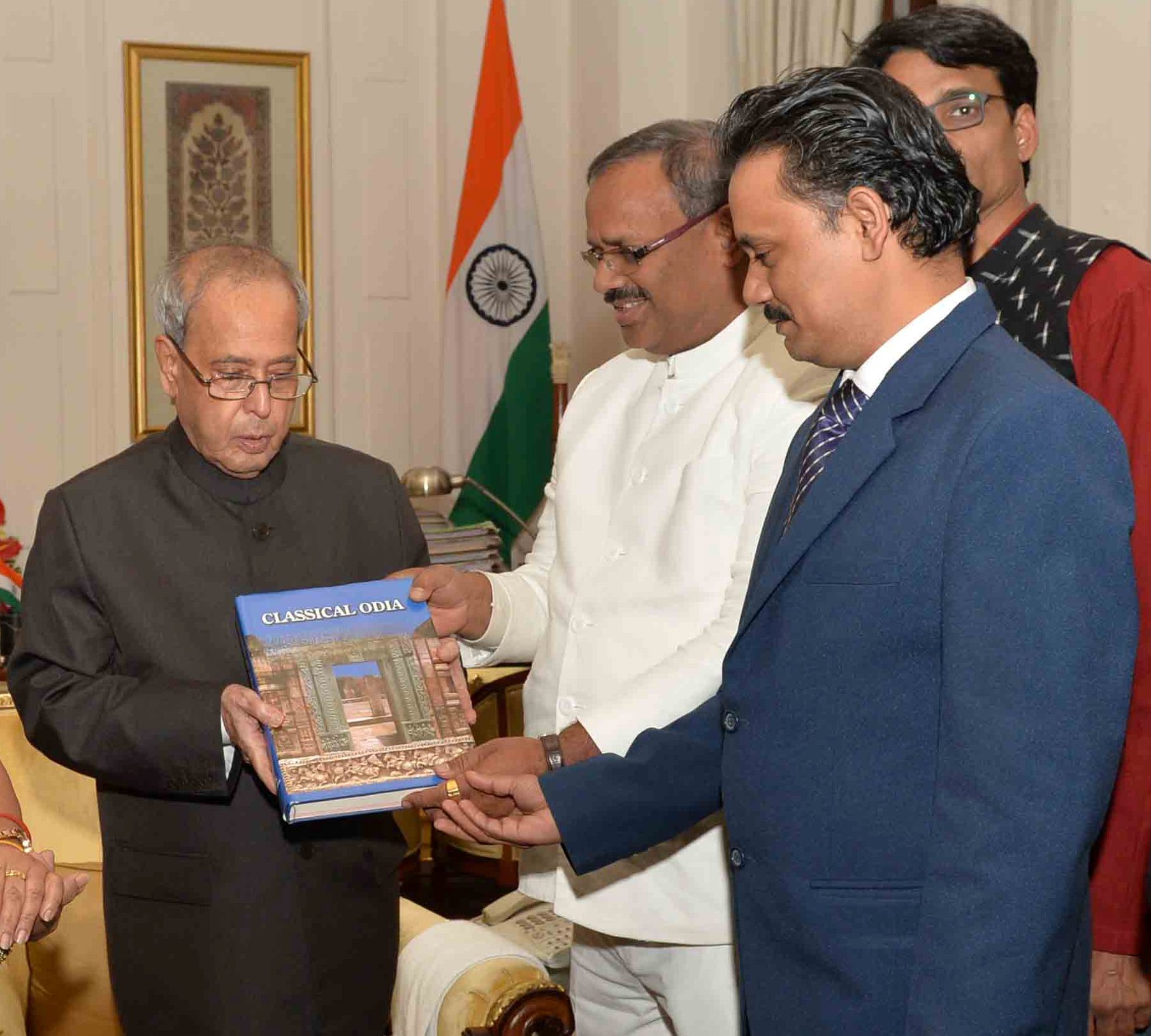|
Gudahandi
Gudahandi also known as 'Gudahandi Hills' and 'Gudahandi Caves' is a pre-historic site in Odisha, India. It is located in the Ampani sanctuary of Kalahandi district of Odisha. It is close to the Nabarangpur district Border and about 17 km and 88 km away from Ampani and District Headquarters Bhawanipatna respectively. History The word ''Gudahandi'' is derived from two Odia words, ''guda'' meaning raw sugar and ''handi'' meaning a clay pot. The appearance of the hills resembles sugar pots that used be used in Odisha Odisha (English: , ), formerly Orissa ( the official name until 2011), is an Indian state located in Eastern India. It is the 8th largest state by area, and the 11th largest by population. The state has the third largest population of Sc .... Pre-historic pictographs, drawings and inscriptions are crafted on the stone walls of the Gudahandi caves. These caves date back to 25,000 to 20000 CE. Paleolithic Paintings The rock art shelter exhibits both mono ... [...More Info...] [...Related Items...] OR: [Wikipedia] [Google] [Baidu] |
Ampani
Ampani is a town in the Kalahandi district of the state of Odisha, in India. It is a gram panchayat that comes under Kokasara tehsil. It is 15 km from its main town and blocks Kokasara. Geography It is located at at an elevation of 313m from mean sea level (MSL).http://www.fallingrain.com/world/IN/21/Ampani.html Map and weather of Ampani Demographics Ampani is a small village located in Kokasara Block of Kalahandi district, Orissa with a total of 608 families residing. The Ampani village has a population of 2693 of which 1394 are males while 1299 are females as per Population Census 2011. In Ampani village population of children, age 0-6 is 274 which makes up 10.17% of the total population of the village. The average Sex Ratio of Ampani village is 932 which is lower than Orissa state average of 979. Child Sex Ratio for the Ampani as per census is 702, lower than Orissa average of 941. Ampani village has a lower literacy rate compared to Orissa. In 2011, the literacy rate of Am ... [...More Info...] [...Related Items...] OR: [Wikipedia] [Google] [Baidu] |
Kalahandi District
Kalahandi (locally pronounced ''Kalahani'') is a district of Odisha in India. Archaeological evidence of Stone Age and Iron Age human settlement has been recovered from the region. Asurgarh offered an advanced, well civilised, cultured and urban human settlement about 2000 years ago in the region.P.Mohanty, B. Mishra, Op. Cit,2000; C.R. Mishra, S. Pradhan, op. cit. 1989–1990, Infra, F.N.79 In South Asia it is believed that the lands of Kalahandi district and Koraput district were the ancient places where people started cultivation of paddy. In ancient time it was known as Mahakantara (meaning great forest) and Karunda Mandal, which means treasure of precious stones like karandam (corundum/manik), garnet (red stone), beruz, neelam (sapphire/blue stone), and alexandrite, etc. Manikeswari (the goddess of Manikya or Karandam) is the clan deity of Kalahandi may also signify its historical name. It was a princely state in British India and in post independence period it merged ... [...More Info...] [...Related Items...] OR: [Wikipedia] [Google] [Baidu] |
Bhawanipatna
Bhawanipatna is a city and headquarters of the Kalahandi district, in the Indian state of Odisha. Bhawanipatna has numerous temples dedicated to different deities of the Hindu pantheon. It is named after the presiding deity, Bhawani-Shankar and Patna which means "place" in Odia like "Padaa". Bhawanipatna municipality is the administrative head of the city, which is divided into twenty wards with different sub-areas called ''pada'' (pronounced "padaa"). Originally, these ''padaas'' were inhabited by people of different communities, but over the last few decades, these padaas have become homogeneous. Bhawanipatna has more than forty ''padaas''. Geography and climate Bhawanipatna is located at . It has an average elevation of . Bhawanipatna is located in the center of large mountains and plateaus. It has eastern ghat mountains in its eastern frontier. Climate Bhawanipatna has a tropical wet and dry climate, temperatures remain moderate throughout the year, except from March to J ... [...More Info...] [...Related Items...] OR: [Wikipedia] [Google] [Baidu] |
Koksara
Koksara is one of the Town in Dharamgarh sub-division in Kalahandi District in Odisha State. This town and Gram Panchayat comes under Kokasara Tehsil in Kalahandi District. Kokasara is 57 km distance from its District Main City Bhawanipatna and 484 km distance from its State Main City Bhubaneswar. Smt Sabyarani Bag is the Chairperson of Koksara Block, Sri Tribhuban Naik is the PS member from Koksara GP and Sri Kishor Chandra Pradhani is the Sarapanch of Koksara Gram Panchyat. Demographics According to census 2001, Total Population of Koksara was 4,255, where it constitutes 2,131 of male and 2,124 of female population. Koksara had a total literacy population of 2,266, from which male literacy population was 1,435(63%) and female literacy population was 8,31(37%).The town had total sc population of 871 and total st population of 514. Whereas workers population was 1736, Cultivators population was 404 and non workers population was 2519 of the town according to census ... [...More Info...] [...Related Items...] OR: [Wikipedia] [Google] [Baidu] |
Odisha
Odisha (English: , ), formerly Orissa ( the official name until 2011), is an Indian state located in Eastern India. It is the 8th largest state by area, and the 11th largest by population. The state has the third largest population of Scheduled Tribes in India. It neighbours the states of Jharkhand and West Bengal to the north, Chhattisgarh to the west, and Andhra Pradesh to the south. Odisha has a coastline of along the Bay of Bengal in Indian Ocean. The region is also known as Utkala and is also mentioned in India's national anthem, " Jana Gana Mana". The language of Odisha is Odia, which is one of the Classical Languages of India. The ancient kingdom of Kalinga, which was invaded by the Mauryan Emperor Ashoka (which was again won back from them by King Kharavela) in 261 BCE resulting in the Kalinga War, coincides with the borders of modern-day Odisha. The modern boundaries of Odisha were demarcated by the British Indian government when Orissa Province was es ... [...More Info...] [...Related Items...] OR: [Wikipedia] [Google] [Baidu] |
Government Of Odisha
The government of the Indian state of Odisha and its 30 districts consists of an executive, led by the Governor of Odisha, a judiciary, and a legislative branch. Like other states in India, the head of state of Odisha is the Governor, appointed by the President of India on the advice of the Central government, and their post is largely ceremonial. The Chief Minister is the head of government and is vested with most of the executive powers. Bhubaneswar is the capital of Odisha, and houses the Vidhan Sabha (Legislative Assembly) and the secretariat. The Orissa High Court, located in Cuttack, has jurisdiction over the whole state. The present Legislative Assembly of Odisha is unicameral, consisting of 147 Member of the Legislative Assembly (M.L.A). Its term is 5 years, unless sooner dissolved. The state of Odisha is represented at the centre by its 21 Member of Parliaments in the Lok Sabha and 10 Member of Parliaments in Rajya Sabha. There are 21 Lok Sabha constit ... [...More Info...] [...Related Items...] OR: [Wikipedia] [Google] [Baidu] |
India
India, officially the Republic of India ( Hindi: ), is a country in South Asia. It is the seventh-largest country by area, the second-most populous country, and the most populous democracy in the world. Bounded by the Indian Ocean on the south, the Arabian Sea on the southwest, and the Bay of Bengal on the southeast, it shares land borders with Pakistan to the west; China, Nepal, and Bhutan to the north; and Bangladesh and Myanmar to the east. In the Indian Ocean, India is in the vicinity of Sri Lanka and the Maldives; its Andaman and Nicobar Islands share a maritime border with Thailand, Myanmar, and Indonesia. Modern humans arrived on the Indian subcontinent from Africa no later than 55,000 years ago., "Y-Chromosome and Mt-DNA data support the colonization of South Asia by modern humans originating in Africa. ... Coalescence dates for most non-European populations average to between 73–55 ka.", "Modern human beings—''Homo sapiens''—originated in Africa. Th ... [...More Info...] [...Related Items...] OR: [Wikipedia] [Google] [Baidu] |
Nabarangpur District
Nabarangpur district, also known as Nabarangapur district or Nawarangpur district, is a district of Odisha, India. The city of Nabarangpur is the district capital. Most of its population is tribal and the land is heavily forested. It borders Kalahandi and Koraput districts. Nabarangpur district is situated at 19.14′ latitude and 82.32′ longitude at an average elevation of . Geography The district is mainly a relatively flat forested plateau with thick forest cover in the north and east of the district, while in the west there are some low hills which rise up to 1000 metres. In the south are the plains of the Indravati River, which forms much of the border with Koraput district, while the easternmost boundary close to Rayagada is in the Eastern Ghats. In the northeast is a tract named Panabeda Mutta around Chandahandi, around 150 metres above sea level. History Early history for the region is scanty. The Mauryas were believed to have exercised some control over the r ... [...More Info...] [...Related Items...] OR: [Wikipedia] [Google] [Baidu] |
Odia Language
Odia (, ISO: , ; formerly rendered Oriya ) is an Indo-Aryan language spoken in the Indian state of Odisha. It is the official language in Odisha (formerly rendered Orissa), where native speakers make up 82% of the population, and it is also spoken in parts of West Bengal, Jharkhand, Andhra Pradesh and Chhattisgarh. Odia is one of the many official languages of India; it is the official language of Odisha and the second official language of Jharkhand. The language is also spoken by a sizeable population of 700,000 people in Chhattisgarh. Odia is the sixth Indian language to be designated a classical language, on the basis of having a long literary history and not having borrowed extensively from other languages. The earliest known inscription in Odia dates back to the 10th century CE. History Odia is an Eastern Indo-Aryan language belonging to the Indo-Aryan language family. It descends from Odra Prakrit, which evolved from Magadhi Prakrit, which was spoken in east I ... [...More Info...] [...Related Items...] OR: [Wikipedia] [Google] [Baidu] |
Raw Sugar
Brown sugar Brown sugar is unrefined or partially refined soft sugar. Brown Sugar may also refer to: Arts, entertainment, and media Films * ''Brown Sugar'' (1922 film), a 1922 British silent film directed by Fred Paul * ''Brown Sugar'' (1931 film), a 1931 ... is unrefined or partially refined soft sugar. Brown Sugar may also refer to: Arts, entertainment, and media Films * ''Brown Sugar'' (1922 film), a 1922 British silent film directed by Fred Paul * ''Brown Sugar'' (1931 film), a 1931 British romantic drama starring Constance Carpenter * ''Brown Sugar'' (2002 film), a 2002 American romantic drama starring Taye Diggs Music Artists * Clydie King (1943–2019), also known as Brown Sugar, American singer, member of the vocal group The Raelettes * Brown Sugar (group), a British female vocal reggae group formed in 1976 Albums * ''Brown Sugar'' (D'Angelo album) * ''Brown Sugar'' (Freddie Roach album) a 1964 album by jazz organist Freddie Roach * ''Brown Sugar'' (soundtra ... [...More Info...] [...Related Items...] OR: [Wikipedia] [Google] [Baidu] |
Common Era
Common Era (CE) and Before the Common Era (BCE) are year notations for the Gregorian calendar (and its predecessor, the Julian calendar), the world's most widely used calendar era. Common Era and Before the Common Era are alternatives to the original Anno Domini (AD) and Before Christ (BC) notations used for the same calendar era. The two notation systems are numerically equivalent: " CE" and "AD " each describe the current year; "400 BCE" and "400 BC" are the same year. The expression traces back to 1615, when it first appeared in a book by Johannes Kepler as the la, annus aerae nostrae vulgaris (), and to 1635 in English as "Vulgar Era". The term "Common Era" can be found in English as early as 1708, and became more widely used in the mid-19th century by Jewish religious scholars. Since the later 20th century, BCE and CE have become popular in academic and scientific publications because BCE and CE are religiously neutral terms. They are used by others who wish to be sens ... [...More Info...] [...Related Items...] OR: [Wikipedia] [Google] [Baidu] |
Subrat Kumar Prusty
Subrat Kumar Prusty (born 1976) is an Indian Odia-language scholar, activist, social entrepreneur, literary critic and author. He is Member Secretary of the Institute of Odia Studies and Research, Bhubaneswar, Odisha. He was instrumental in preparing the research documents, advocating the awarding of Classical Language status to Odia, forming Central Institute of Classical Odia, Odia University and implementation of the Odisha Official Language Act, 1954. He was awarded the Presidential Certificate of Honour and Maharshi Badrayan Vyas Samman – 2019 for Classical Odia. Early life and education Dr. Subrat Kumar Prusty was born the third son of Late Rajkishore Prusty and Indumati Prusty in the village of Bidyadharpur, near Jajpur Town, the oldest capital of Odisha situated on the banks of Budha, a tributary of the Holy Baitarani. After his schooling at Sudarshan Padhi High School, he chose to join N.C. College Jajpur (then affiliated with Utkal University, where he did his B.A ... [...More Info...] [...Related Items...] OR: [Wikipedia] [Google] [Baidu] |






